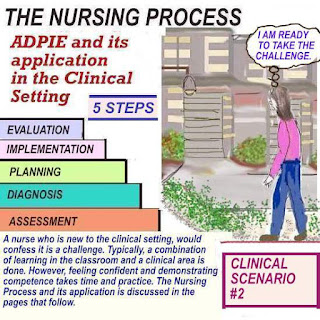ANTICOAGULATION THERAPY AND SIDE EFFECTS
Scenario: The patient above, had surgery three days ago.
He is on anticoagulation therapy (Heparin) for DVT.
Anticoagulants are blood thinners. Their purpose is to
prevent blood from clotting too easily.
Patients with atrial fibrillation may be placed on
anticoagulation therapy.
The patient on anticoagulation therapy, is at risk for
bleeding. This may occur at the IV or dressing site,
gums, urine and more.
bleeding. This may occur at the IV or dressing site,
gums, urine and more.
The care plan is used to reflect the potential for bleeding.
The nurse started an IV infusion of potassium, per MD
The nurse started an IV infusion of potassium, per MD
orders. It must be remembered that IV potassium, even
when administered correctly, may cause irritation to the veins.
when administered correctly, may cause irritation to the veins.
Enjoy the video: Anticoagulation therapy

Poor circulation may occur for a number of reasons.
The patient in heart failure, is at risk for stroke.
The patient in heart failure, is at risk for stroke.
Myocardial infarction
A MI (myocardial infarction ) is also known as a heart
attack. It results from obstruction to blood flow. Fatty
deposits may cause this.
Death of the heart muscle surrounding the obstructed
blood vessel will result. Symptoms such as lack of oxygen,
shortness of breath and chest pain will occur.
TPA
TPA ( Thrombolytic Plasminogen Activator) is
a " clot buster" that is used in the treatment of
embolic stroke and myocardial infarction with
STEMI.
a " clot buster" that is used in the treatment of
embolic stroke and myocardial infarction with
STEMI.
TPA is not without its side effects. Bleeding,

The patient in third degree heart block is likely to display
the EKG rhythm seen above. Typically, in a healthy heart,
the EKG rhythm seen above. Typically, in a healthy heart,
Learn more, by clicking on the link: Lethal Rhythms




Comments
Post a Comment